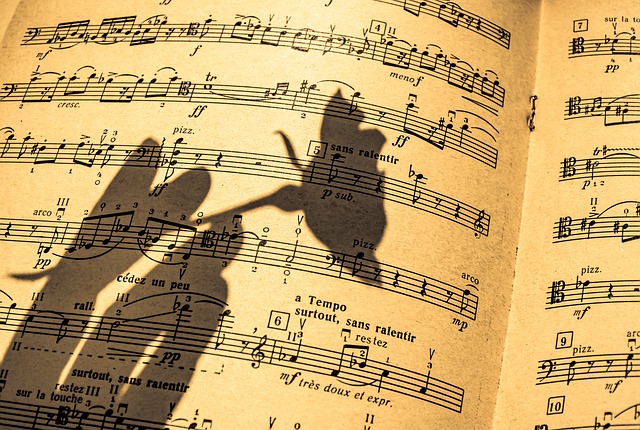Decoding the Art of Interpretation: A Guide for Composition Enthusiasts
For those passionate about composition, the word interpretation carries a profound weight. It’s not just about reading notes on a page; it’s about breathing life into music, transforming written symbols into emotional narratives that resonate deeply with listeners. Interpretation is where the composer’s intent meets the performer’s voice, creating unique expressions that transcend mere technical execution.
The Heartbeat of Composition
Every composition is a blueprint, a framework waiting to be realized. As a composer or enthusiast, understanding interpretation means recognizing that a score isn’t set in stone—it’s a living, evolving entity. This fluidity invites creativity but also demands a sensitive balance between fidelity to the original work and personal expression.
Imagine a composition as a conversation across time. The composer speaks through notes and rhythms, but the interpreter is the vessel through which this dialogue reaches the audience. Your role—whether creator, performer, or listener—is to honor the emotional core while exploring new shades of meaning.
Embracing Nuance and Intention
Observation and empathy are essential tools in the interpreter’s kit. Delve beyond technicalities to explore the subtext: dynamics, phrasing, and tempo markings are hints, not prescriptions. What feelings does the music evoke? What story does it tell? Embracing these questions uncovers deeper layers of meaning and fosters a more intimate connection with the piece.
In composition, interpretation isn’t limited to performers alone. As a composer, envision the various ways your work might be interpreted—each bringing distinct colors and emotions. This openness can enrich your creative process and invite collaboration that elevates the music to new heights.
Practical Tips for Composition Enthusiasts
- Study multiple interpretations: Listen to different performances of the same piece to appreciate how individual choices shape the music.
- Analyze the score deeply: Look beyond notes to symbols, markings, and historical context to understand the intended mood and style.
- Experiment with your own renditions: Whether composing or performing, allow yourself freedom to explore dynamics, tempo, and articulation.
- Reflect on emotional intent: Connect personally with the music’s themes and emotions to inform your interpretive decisions.
- Engage with peers: Discuss interpretations and ideas with other enthusiasts or professionals to broaden your perspective.
The Transformative Power of Interpretation
Ultimately, interpretation in composition is an intimate, transformative act—a dance between intent and expression that brings music to life in endlessly varied forms. It invites us to connect not only with the notes on the page but with the human spirit embedded within them. For composition enthusiasts, embracing interpretation enriches both the creative journey and the listening experience, opening doors to deeper understanding and authentic musical communication.



